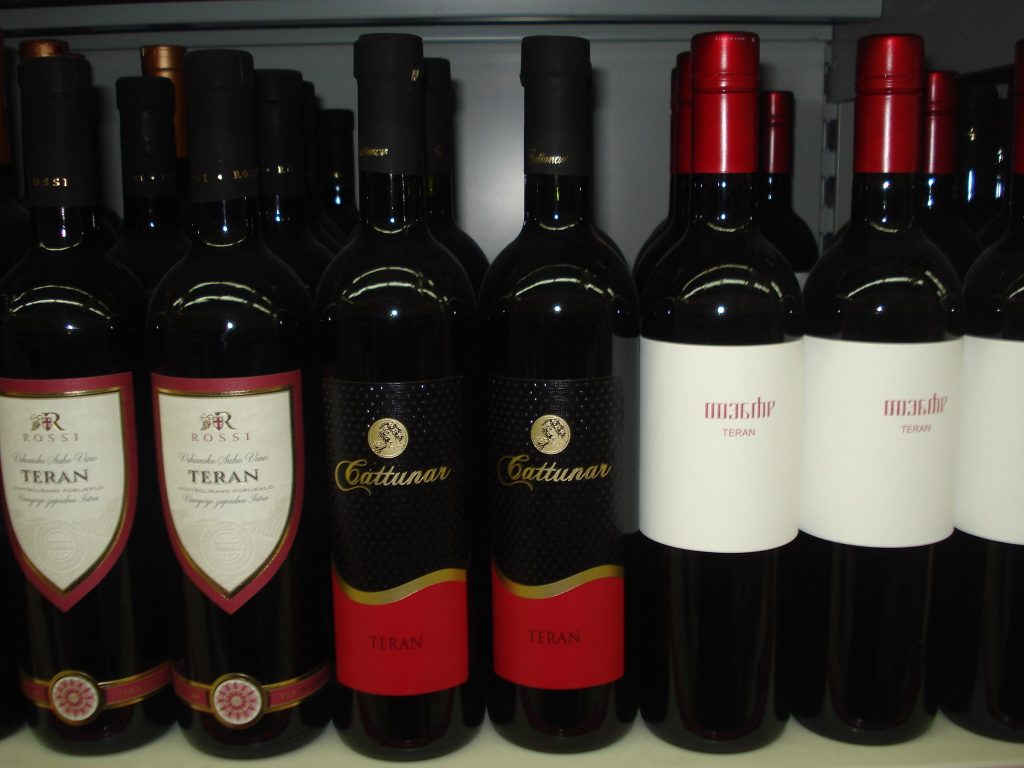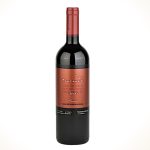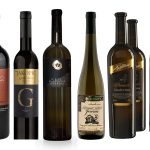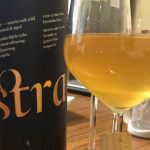We expect stronger interest in wines of traditional, but lesser known wine regions and countries, such as Hungary, Croatia, Bulgaria and Georgia. In Istria seek out red wines from Teran and white form Istrian Malvazija, states Jeff Jensen in the influential American business magazine Forbes. Jensen is one half of the wine critic and educator duo with Mike DeSimone, known as World Wine Guys, one of the most significant global wine magazines they both edit.
Mike and Jeff do not mention Istrian wines off the top of their head. They visited Croatia several times, and as guests of the tennis tournament in Umag in 2013, they pointed out that Croatian Graševinas, Sauvignons and especially Malvazijas are in line with global trends of fresh and aromatic white wines. They said then that young Malvazijas are ready to conquer global markets, especially since they go great with seafood. It took almost 30 years of good wine marketing for the Istrian winemakers to get a recommendation one cannot pay for. For almost three decades they persisted in elevating wine quality and placed at the forefront the two indigenous Istrian varieties which promote our largest peninsula around the world.
It is very important that they reached a balanced quality of these varieties, especially those with an IQ (Istrian Quality) label. This round stamp on the bottle guarantees you will not go wrong in purchasing it, meaning the wine inside will be of Istrian quality. The IQ also denotes the wine is of a certain style. And varying wine styles are often a problem in other Croatian wine regions. Diversity is a treasure, but the buyer of a Dingač wine should know approximately what will be in the glass. And in Croatia he must be well aware if he is dealing with the version of Kiridžija, Bura, Skaramuča, Matuško, Niko Violić, Ivo Violić… And this is not even half of the total production, and each of these Plavac wines from the best known Croatian vine growing position is different. This is good, but a buyer accustomed to a wine made from partially overly ripe grapes will not be satisfied with a modern and softer Dingač, without the marmalade notes. Dingač was the first to be protected in 1961. At first it was just the one made by what is today the Agricultural Cooperative, and in the past thirty years the same number of producers have not been able to agree what the wine from our best known indigenous variety should be like.
And Croatia has, according to the Green Book of Indigenous Vine Varieties, 125 indigenous varieties used now or previously to produce wine. Probably even more as Graševina is not listed, the variety indigenous to the Pannonian pool, a sizeable portion of Croatia. Vines and wine, fortunately, cannot abide by borders which often change in this region. Thus with Graševina, the most widespread variety in Croatia, producers must do what Istrians did with Malvazija, equalize its style and quality. In continental Croatia something similar is going on with Kraljevina, and this task is still ahead for those growing Frankovka, Škrlet, Moslavac, Sokol, Klešćec, Plavec Yellow, Šipelj…
By the sea such issues arise with Sansigot or Sušćan, Žlahtina, Babić, Debit, Lasina, Crljenak, Vugava, Pošip, Prč, Drnekuša, Bogdanuša, Grk, Maraština, Trnjak, Zlatarica, Kujundžuša, Dubrovnik Malvazija… Each of the noted varieties, and there are more, deserve a recommendation in an article in Forbes. But they must be made into good wines and introduce them to Jeff, Mike and other “world wine guys.”
Translated from Vino.hr.












